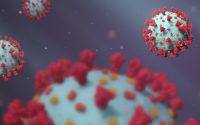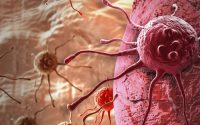Migration can promote or inhibit cooperation between individuals: Mathematical model sheds new light on conflict between group interests and individual interests
A new mathematical analysis suggests that migration can generate patterns in the spatial distribution of individuals that promote cooperation and allow populations to thrive, in spite of the threat of exploitation. Felix Funk and Christoph Hauert of the University of British Columbia, Vancouver, present these findings in PLOS Computational Biology.
Cooperation between individuals is necessary for production and maintenance of shared resources, such as potable water in human communities or access to nutrients among microbes. However, if too many individuals follow selfish interests, everyone will suffer. Migration of individuals can enhance this social dilemma because defectors can latch onto cooperators or avoid the consequences of their cheating.
The authors of the new study derived mathematical equations that describe how movements that allow individuals to seek cooperation or avoid defection influence this social conflict. They found that different modes of migration can promote or inhibit heterogeneity in the spatial distribution of individuals. When heterogeneous patterns develop, cooperation is promoted and populations thrive.
For instance, when cooperators move toward other cooperators, they can form cooperative communities in which public goods are abundant. However, when defectors chase after cooperators, they can plunder these communities, straining them or causing them to completely fall apart.
The analysis suggests that attempts to avoid defectors are futile and only increase the risk of extinction because cooperators tend to spread themselves thin. Conversely, defectors can generate heterogeneous patterns by avoiding other defectors. To avoid their own kind, defectors move into peripheral areas, allowing cooperative communities to develop.
“Our model was inspired, in particular, by naturally occurring modes of directed migration, such as chemotaxis, which allows microbes to locate attractive regions while steering clear of detrimental ones,” Funk says. “Our findings could inform future experimental designs to study the role of migration in the development of antibiotic resistance.”
Source: Read Full Article


